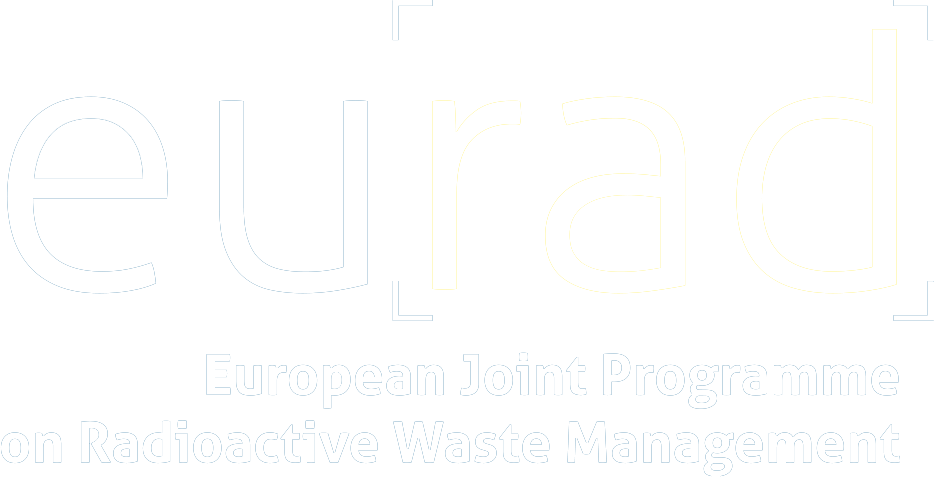Low-strength sedimentary rocks (LSSRs), mainly clay rocks, are highly desirable formations for geological deep facilities (GDF) with clay content, particularly when considering gas migration due to their low permeability and mineral distribution. Hydrogen is considered the most dominant gas in GDF generated by corrosion. Accurate prediction and understanding of the gas migration process within the GDF and surrounding formations are essential for ensuring long-term safe storage of nuclear waste disposal. Multiscale modelling aims to address the challenges at the engineering meso-scale while considering engineering micro-scale physical and chemical processes and phenomena. Considering the micro-scale structure, complex methods has been established to handle relevant phenomena effectively. Understanding the thermo-hydro-mechanical (THM) behaviour of clay is crucial for long-term safety management.
The study that I am conducting is focused on the evaluation of simulation results from meso (cm) scale models over a period of approximately 200 years, specifically focusing on two-phase flow simulation using TOUGH2. Following the study, and perceiving the importance of early-time diffusion of hydrogen in the aqueous phase compared to two-phase advection of gas, the diffusion transport of gas in clay formations at the micro-scale was investigated using single-phase modelling in COMSOL. The micro-scale model will generate an “overall diffusion coefficient” for the mesoscale simulation.
Sensitivity analysis for three models with varying overall diffusion coefficient values for the continuum scale has shown an indirect relationship between the value of diffusion coefficient and pressure build-up. The lowest overall diffusion coefficient model had a pressure build-up value of 70 bar, while the highest magnitude of diffusion coefficient value had a pressure value of 20 bar. The observed build-up pressure is attributed to the advection mechanism that becomes gradually dominant surpassing diffusion in the system. In the micro-scale modelling, the mineralogy of clay and the heterogeneous distribution of clay have been taken into account to determine the overall diffusion coefficient.


